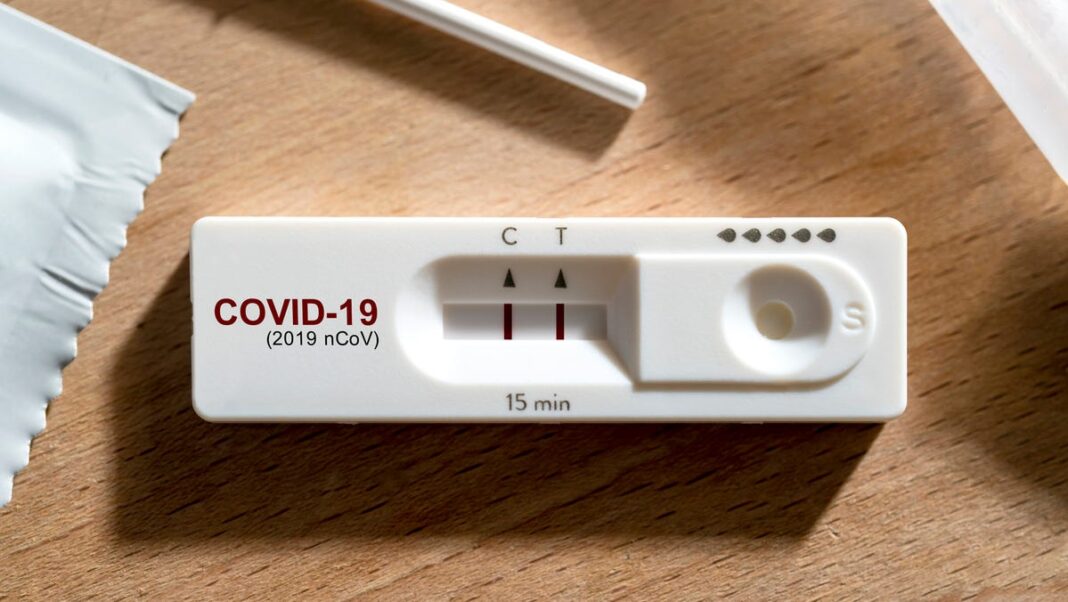What Is the Survival Time of COVID on Surfaces? Experts Address Your Coronavirus Questions.
A new variant of COVID-19 is rapidly spreading around the world.
The COVID-19 XEC variant comes from the Omicron strains KS.1.1 and KP.3.3, according to Dr. Francesca Torriani, MD, an infectious disease expert at UC San Diego Health. This variant was first identified in Europe earlier this year and has now made its way to the US. “We anticipate this could be the next leading variant,” she adds.
With health authorities anticipating a potential rise in COVID-19 cases this fall, we consulted experts to address your questions. Here’s what you should know about how COVID-19 spreads and what safety measures you can take.
How is COVID Spread?
Currently, the XEC variant appears to act similarly to other strains of the virus, according to Torriani.
The virus is primarily spread when individuals are near someone who is infected, as “respiratory particles are the main avenue of transmission,” explains Torriani.
When an infected person speaks, coughs, or sneezes, they release infectious droplets and particles into the air, according to the United States Environmental Protection Agency (EPA). If you inhale these particles or if they come into contact with your eyes, there is “a chance of the virus entering your body,” says Torriani.
Since COVID-19 particles can remain airborne, transmission may occur even beyond a distance of 6 feet, according to the EPA. Depending on ventilation conditions, these particles can linger in the air for several minutes up to a few hours, mentions Dr. Nezar Dahdal, a Hospitalist at Banner Thunderbird Medical Center.
How Long Does COVID Last on Surfaces?
Although COVID can be transmitted via surfaces, it is less common than through inhaling infected respiratory droplets. The virus does not survive long on surfaces because “it needs a host to be effective,” explains Dahdal. “It must be in the human body to reproduce and spread.”
If you come into contact with a surface contaminated with COVID-19 droplets and then touch your nose, mouth, or eyes, “you are transferring the virus from the surface to your mucous membranes, allowing it to enter your system,” Dahdal states.
On surfaces like glass, tabletops, or metals, the virus can survive from one day to about four or five days depending on how porous the material is, Davis notes. The virus lasts up to one day on cardboard and as long as four days on wood surfaces, according to the Cleveland Clinic.
Can You Live With Someone Who Has COVID and Not Get Infected?
It’s possible to live closely with someone infected with COVID and not get sick, says Dahdal. Factors such as a person’s immune system, the variant involved, and personal hygiene practices play a role.
To minimize your chances of becoming infected while living with someone who has COVID, it’s essential to be proactive about safety measures, he advises. “Frequent handwashing, sanitizing surfaces, and disinfecting can significantly lower the risk of infection,” he adds.
How to Prevent COVID Spread
Simple actions such as washing your hands, wearing masks, and regularly sanitizing surfaces can reduce your risk of COVID-19 exposure, Dahdal suggests.
Additionally, staying current with COVID vaccinations is crucial, particularly for individuals who are immunocompromised or aged 65 and older, he emphasizes.
There are queries regarding whether the updated COVID vaccine will protect against the XEC variant. The latest vaccine targets circulating Omicron variants and should “also provide protection and reduce complications for those who contract the virus,” Torriani notes.
To further minimize the risk of COVID, keep windows open for better airflow and, whenever possible, interact with others outdoors rather than indoors, Torres adds. This “helps refresh the air and decreases the amount of particles that could potentially be inhaled,” she explains.

